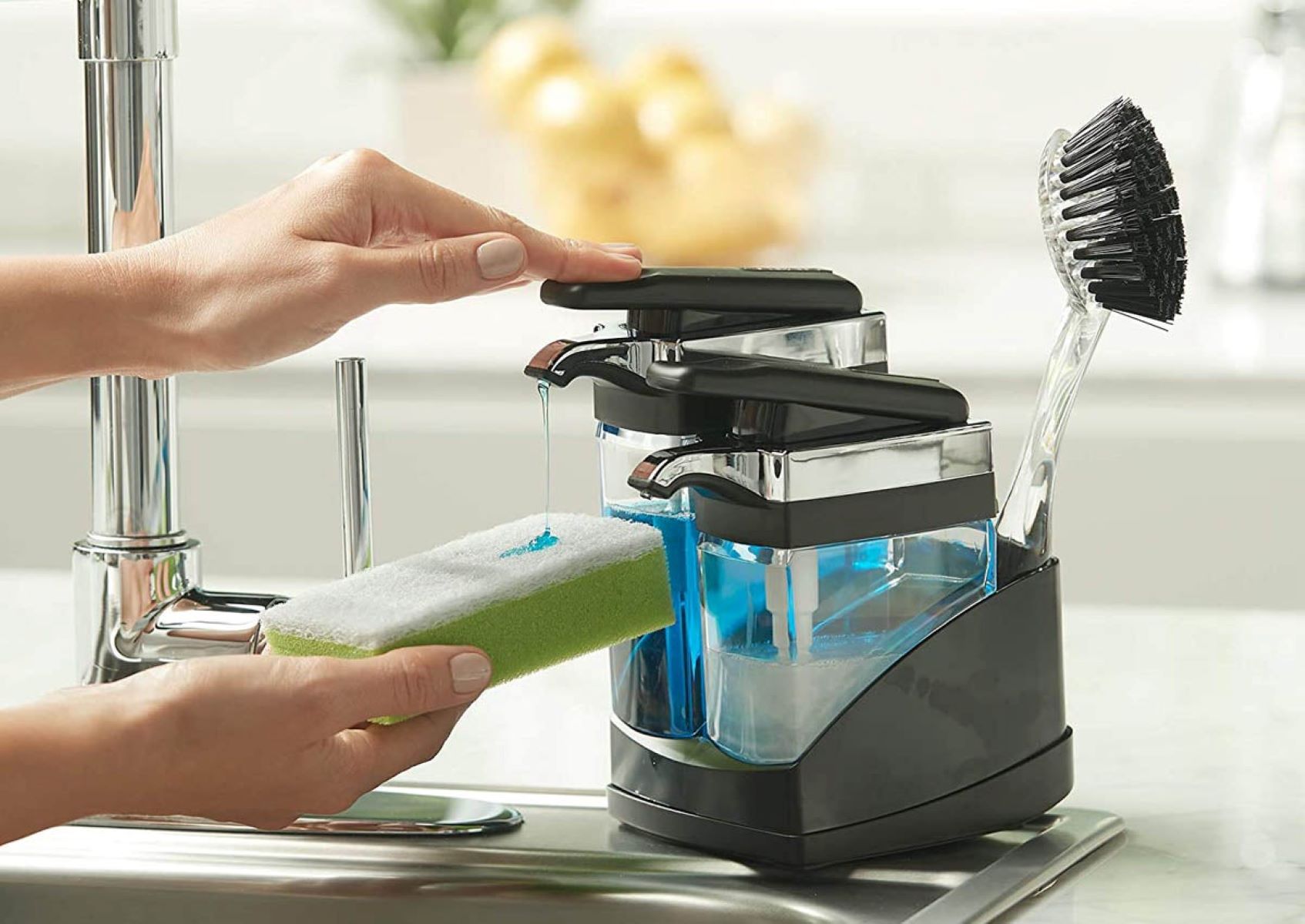

Articles
How Does The Dishwasher Soap Dispenser Work
Modified: January 6, 2024
Discover how the dishwasher soap dispenser works with this informative article. Learn about the mechanism and benefits.
(Many of the links in this article redirect to a specific reviewed product. Your purchase of these products through affiliate links helps to generate commission for Storables.com, at no extra cost. Learn more)
Introduction
When it comes to keeping our dishes clean and sparkling, dishwashers have become an essential appliance in many households. Alongside the dishwasher itself, the detergent plays a vital role in ensuring thorough cleaning of dishes, utensils, and glassware. However, have you ever wondered how the dishwasher soap dispenser works behind the scenes?
In this article, we will dive into the fascinating world of dishwasher soap dispensers and explore their inner workings. We will discuss the different types of soap dispensers, the mechanical operation that allows the soap to be released at the right time, the detergent loading process, dispenser release mechanisms, factors that affect their performance, and common issues you may encounter with your dishwasher soap dispenser.
Understanding how the dishwasher soap dispenser works can not only help you maintain its optimal performance but also ensure that your dishes come out sparkling clean every time. So, let’s roll up our sleeves and take a closer look at this ingenious component of your dishwasher!
Key Takeaways:
- Understanding the different types of dishwasher soap dispensers, their mechanical operation, and proper detergent loading is crucial for achieving spotlessly clean dishes and maintaining optimal dishwasher performance.
- Factors such as detergent type, water hardness, and dispenser maintenance can impact soap dispenser performance. By addressing common issues and troubleshooting steps, you can ensure efficient and effective dishwashing results.
Read more: How Does A Soap Dispenser Work
Overview of Dishwasher Soap Dispenser
The dishwasher soap dispenser is a compartment within your dishwasher that holds and releases the detergent during the wash cycle. Its primary function is to distribute the detergent evenly throughout the dishwasher, ensuring efficient cleaning and spotless dishes.
Soap dispensers are typically located on the inside of the dishwasher door, but their specific design can vary depending on the dishwasher model. Some dishwashers have a built-in dispenser, while others have a detachable dispenser that can be removed for cleaning or refilling.
Soap dispensers are designed to hold a specific amount of detergent, usually in the form of a dishwasher tablet, liquid, or powder. The capacity of the dispenser may vary depending on the dishwasher model, but it is typically sufficient to accommodate a single wash cycle.
Once the dishwasher is turned on and the wash cycle begins, the soap dispenser plays a crucial role in releasing the detergent at the right moment. This ensures that the soap is dispersed evenly throughout the dishwasher and effectively cleanses all the dishes and utensils inside.
The proper functioning of the soap dispenser is essential for achieving optimal cleaning results. A malfunctioning or improperly used dispenser can lead to inadequate cleaning, leftover residue, or streaks on your dishes.
Now that we have a basic understanding of what the dishwasher soap dispenser is and its purpose, let’s explore the different types of soap dispensers commonly found in dishwashers.
Types of Dishwasher Soap Dispensers
Dishwasher soap dispensers come in various designs and configurations. The type of soap dispenser your dishwasher has will depend on the make and model. Let’s take a closer look at the different types of dishwasher soap dispensers:
- Single Compartment Dispenser: This is the most common type of dishwasher soap dispenser. It consists of a single compartment that holds the detergent. When the wash cycle begins, a latch or release mechanism opens the compartment, allowing the detergent to be dispensed into the dishwasher.
- Dual Compartment Dispenser: Some dishwashers feature a dual compartment dispenser, offering the convenience of using different types of detergents for different wash cycles. This allows you to use dishwasher tablets or liquid detergents interchangeably, depending on your needs.
- Smart Dispensers: With advancements in technology, some dishwashers now come equipped with smart dispensers. These dispensers automatically detect the load size and soil level of the dishes and adjust the amount of detergent dispensed accordingly. This ensures optimal cleaning results while conserving detergent usage.
- Detachable Dispensers: In certain dishwasher models, the soap dispenser is detachable. This allows for easy cleaning and refilling of the dispenser without the need to remove the entire dishwasher rack. Simply detach the dispenser, rinse it, refill with detergent, and reattach it back into the dishwasher.
- Drawer-Style Dispensers: Drawer-style soap dispensers are becoming increasingly popular. Instead of being located on the inside of the dishwasher door, these dispensers are designed as a separate compartment that slides out like a drawer. This makes loading and unloading detergent much more convenient.
Each type of soap dispenser has its own benefits and features. Understanding the type of dispenser your dishwasher has will help you utilize it effectively and ensure the best cleaning results for your dishes.
Now that we have explored the different types of dishwasher soap dispensers, let’s delve into the mechanical operation that allows the soap to be released at the right time.
Mechanical Operation
The mechanical operation of a dishwasher soap dispenser is a fascinating process that ensures the soap is released at the right time during the wash cycle. While the exact mechanism may vary depending on the dishwasher model, the basic operation typically involves the following steps:
- Loading the Detergent: Before starting the dishwasher, you need to load the detergent into the soap dispenser. This can be in the form of dishwasher tablets, liquid detergent, or powder. Refer to your dishwasher’s user manual for specific instructions on how to load the detergent properly.
- Locking the Dispenser: Once the detergent is loaded, you need to ensure that the soap dispenser is securely locked. This is important to prevent any accidental spillage of detergent during the wash cycle.
- Setting the Wash Cycle: Select the desired wash cycle on your dishwasher’s control panel. The wash cycle dictates the duration and intensity of the cleaning process.
- Initiating the Wash Cycle: Once you start the dishwasher, the wash cycle commences. The dishwasher’s internal components, including the soap dispenser, begin their coordinated operation to clean your dishes.
- Dispenser Release: As the wash cycle progresses, the soap dispenser release mechanism is triggered at the appropriate time. This mechanism can be mechanical or electronic, depending on the dishwasher’s design.
- Opening the Dispenser: When the release mechanism is activated, the soap dispenser door or latch opens, allowing the detergent to flow into the dishwasher’s interior.
- Even Distribution of Detergent: Once the dispenser is open, the detergent is released and dispersed evenly throughout the dishwasher. This ensures that every item in the dishwasher receives the right amount of detergent for effective cleaning.
The mechanical operation is carefully designed to ensure that the detergent is released at the optimal time to maximize its cleaning effectiveness. It is essential to follow the manufacturer’s instructions regarding detergent loading and proper operation of the soap dispenser to achieve the best cleaning results.
Now that we understand the general operation of dishwasher soap dispensers, let’s delve into the detergent loading process to ensure we are utilizing the dispensers correctly.
Detergent Loading Process
The detergent loading process is a crucial step in ensuring the proper functioning of your dishwasher soap dispenser. Loading the detergent correctly not only helps achieve optimal cleaning results but also prevents any issues or malfunctions during the wash cycle. Here’s a step-by-step guide to properly load the detergent:
- Read the Manufacturer’s Instructions: Before loading the detergent, carefully read the manufacturer’s instructions provided with your dishwasher. Different dishwasher models may have specific guidelines for detergent loading.
- Selecting the Right Detergent: Choose the appropriate detergent for your dishwasher. There are various options available, such as dishwasher tablets, liquid detergents, and powder detergents. Ensure that the detergent you choose is compatible with your dishwasher.
- Check the Water Hardness: Consider the hardness of the water in your area. Hard water contains minerals that can affect the performance of the detergent. If you have hard water, you may need to use a dishwasher detergent designed specifically for hard water conditions.
- Load the Detergent: Open the soap dispenser compartment, usually located on the inside of the dishwasher door. Carefully place the recommended amount of detergent into the dispenser. Be sure not to exceed the suggested dosage, as using too much detergent can lead to residue and poor cleaning results.
- Close and Lock the Dispenser: After loading the detergent, securely close and lock the soap dispenser. It is essential to make sure the dispenser is properly closed to prevent any accidental spillage of detergent during the wash cycle.
- Check for Clogs or Residue: Before starting the dishwasher, inspect the detergent dispenser for any clogs or residue from previous wash cycles. If you notice any blockages or buildup, clean the dispenser with a soft brush or cloth to ensure proper detergent flow during the wash cycle.
Properly loading the detergent is crucial for the optimal functioning of your dishwasher soap dispenser. By following the manufacturer’s guidelines and considering the water hardness in your area, you can ensure that your dishes receive the right amount of detergent for effective cleaning.
Now that we understand the detergent loading process, let’s explore the various mechanisms used in soap dispensers to release the detergent during the wash cycle.
The dishwasher soap dispenser works by releasing the detergent at the right time during the wash cycle. Make sure to use the correct amount of detergent and keep the dispenser clean to ensure proper function.
Read more: How Does Foam Soap Dispenser Work
Dispenser Release Mechanisms
Soap dispensers in dishwashers utilize different release mechanisms to ensure that the detergent is dispensed at the right moment during the wash cycle. These mechanisms are designed to open the dispenser door or latch, allowing the detergent to flow into the dishwasher. Let’s take a look at some common dispenser release mechanisms:
- Mechanical Latch: Dishwashers with a mechanical latch release mechanism use a simple and reliable system. When the wash cycle reaches a specific point, a mechanical latch is triggered, causing the soap dispenser door to open. This allows the detergent to be released and mixed with water for effective cleaning.
- Solenoid Valve: Some modern dishwashers are equipped with an electronic solenoid valve release mechanism. This mechanism controls the flow of detergent by using an electromagnetic solenoid to open or close the dispenser. When the solenoid valve is activated during the wash cycle, the soap dispenser door is released, and the detergent is dispensed.
- Time Delay Mechanism: Dishwashers with a time delay mechanism utilize a preset timer to release the detergent. The timer is programmed to open the soap dispenser at a specific point in the wash cycle. This ensures that the detergent is dispensed at the optimal time for effective cleaning.
- Water Pressure Trigger: In certain dishwashers, the soap dispenser release is triggered by water pressure. As the water circulates inside the dishwasher, the pressure builds up and activates a mechanism that opens the dispenser door. This allows the detergent to be released and mixed with the water for the cleaning process.
These dispenser release mechanisms work in harmony with the dishwasher’s internal operations to ensure that the detergent is dispensed at the right time. Properly functioning dispenser release mechanisms are crucial for achieving optimal cleaning results.
Now that we have explored the different release mechanisms used in soap dispensers, let’s discuss some factors that can affect the performance of the dispenser.
Factors Affecting Soap Dispenser Performance
The performance of a dishwasher soap dispenser can be influenced by various factors. Understanding these factors can help you maintain optimal performance and ensure that your dishes come out sparkling clean. Let’s explore some of the key factors that can affect soap dispenser performance:
- Detergent Type and Quality: The type and quality of the detergent you use can greatly impact the performance of your soap dispenser. Using a high-quality dishwasher detergent that is specifically formulated for your dishwasher model is important. Different detergent types, such as tablets, liquids, or powders, may have varying compatibility with your soap dispenser.
- Detergent Quantity: Using the right amount of detergent is crucial. Adding too much detergent can result in excess suds that can lead to poor cleaning performance and even damage to your dishwasher. On the other hand, using too little detergent may result in inadequate cleaning. Follow the manufacturer’s recommendations for the proper detergent quantity.
- Water Hardness: The hardness of your water can affect the performance of your soap dispenser. Hard water can leave mineral deposits on your dishes and inside your dishwasher, affecting the effectiveness of the detergent. Consider using dishwasher detergents specifically formulated for hard water if you live in an area with high mineral content in the water.
- Dispenser Maintenance: Regular maintenance of your soap dispenser is essential for optimal performance. Clean the dispenser regularly to remove any residue or clogs that may hinder the proper flow of detergent. Refer to your dishwasher’s user manual for specific cleaning instructions.
- Dishwasher Load Placement: Proper placement of dishes in the dishwasher can also impact the soap dispenser performance. Avoid overloading the dishwasher, as this can block the dispenser and hinder the detergent’s distribution. Ensure that dishes are loaded correctly to allow proper water and detergent circulation.
- Temperature and Water Flow: The temperature of the water and the rate of water flow in your dishwasher can affect the detergent’s activation and effectiveness. Ensure that your dishwasher is set to the appropriate water temperature for optimal detergent performance.
By considering these factors and taking appropriate steps, you can help optimize the performance of your dishwasher soap dispenser. Regular maintenance, using high-quality detergent, and following manufacturer guidelines can ensure that your dishes receive the best cleaning results.
Now that we have explored the factors affecting soap dispenser performance, let’s discuss some common issues that you may encounter and how to troubleshoot them.
Common Issues and Troubleshooting
While dishwasher soap dispensers are designed to work efficiently, occasional issues may arise that can impact their performance. Here are some common issues and troubleshooting steps to help you resolve them:
- Detergent Not Dispensing: If you notice that the detergent is not being dispensed or is not fully emptied from the soap dispenser after a wash cycle, there could be a clog or obstruction in the dispenser. Remove any visible residue or buildup from the dispenser and ensure that it closes properly.
- Detergent Residue: If you observe a powdery residue or clumps of detergent on your dishes or inside the dishwasher after a wash cycle, it could indicate that the detergent is not dissolving properly. Ensure that you are using the correct type and amount of detergent. You may also try switching to a different detergent brand or form to improve dissolution.
- Dispenser Door Stuck: If the dispenser door remains stuck and does not open during the wash cycle, it may prevent the detergent from being released. Check for any obstructions or debris that could be preventing the door from opening and remove them if present. In some cases, the dispenser door may be faulty and require replacement.
- Improper Detergent Loading: Incorrectly loading the detergent can lead to poor dispenser performance. Make sure you are following the manufacturer’s instructions for loading the detergent properly. Avoid overloading the dispenser or using expired detergent, as these can affect its function.
- Water Pressure Issues: Insufficient water pressure can hinder the proper functioning of the soap dispenser. Check the water supply valve and ensure that it is fully open. If the water pressure is consistently low, it may require professional inspection and adjustment.
- Compatibility Issues: Not all detergents are compatible with all dishwasher models. Ensure that you are using a detergent that is specifically recommended for your dishwasher. Consult your dishwasher’s user manual or contact the manufacturer for guidance on detergent compatibility.
If you encounter any persistent issues with your dishwasher soap dispenser, it is advisable to consult the dishwasher’s user manual or contact the manufacturer or a professional technician for assistance. They can provide specific troubleshooting steps based on your dishwasher model and address any underlying issues.
By addressing these common issues and troubleshooting steps, you can resolve problems with your dishwasher soap dispenser and ensure that it functions optimally, providing you with spotlessly clean dishes for years to come.
Now, let’s wrap up and summarize what we’ve learned about dishwasher soap dispensers.
Conclusion
The dishwasher soap dispenser is an essential component of your dishwasher, responsible for distributing detergent and ensuring thorough cleaning of your dishes. Understanding how the soap dispenser works and how to optimize its performance can greatly enhance your dishwashing experience.
In this article, we explored the various types of dishwasher soap dispensers, including single compartment, dual compartment, smart dispensers, detachable dispensers, and drawer-style dispensers. Each type has its own benefits and features, allowing you to choose the one that best suits your needs.
We also discussed the mechanical operation of soap dispensers, from loading the detergent to the release mechanisms that open the dispenser door at the right time in the wash cycle. Properly loading the detergent and ensuring the dispenser is functioning correctly are crucial for optimal cleaning results.
Factors such as detergent type and quality, water hardness, dispenser maintenance, dishwasher load placement, and temperature and water flow can impact the performance of your soap dispenser. By considering these factors, you can maintain the optimal functioning of your dispenser and achieve sparkling clean dishes.
Common soap dispenser issues, such as detergent not dispensing, detergent residue, dispenser door sticking, improper detergent loading, water pressure issues, and compatibility problems, can be resolved through troubleshooting steps. However, if problems persist, it is advisable to seek guidance from the dishwasher’s user manual, the manufacturer, or a professional technician.
In conclusion, understanding the workings of your dishwasher soap dispenser, maintaining it properly, and troubleshooting common issues will ensure the efficient and effective cleaning of your dishes. By taking care of your dishwasher soap dispenser, you can enjoy spotlessly clean dishes and a hassle-free dishwashing experience.
Now that you have a better understanding of how your dishwasher soap dispenser works, it’s time to put that knowledge into action and enjoy the benefits of a perfectly clean dishwasher load!
Frequently Asked Questions about How Does The Dishwasher Soap Dispenser Work
Was this page helpful?
At Storables.com, we guarantee accurate and reliable information. Our content, validated by Expert Board Contributors, is crafted following stringent Editorial Policies. We're committed to providing you with well-researched, expert-backed insights for all your informational needs.

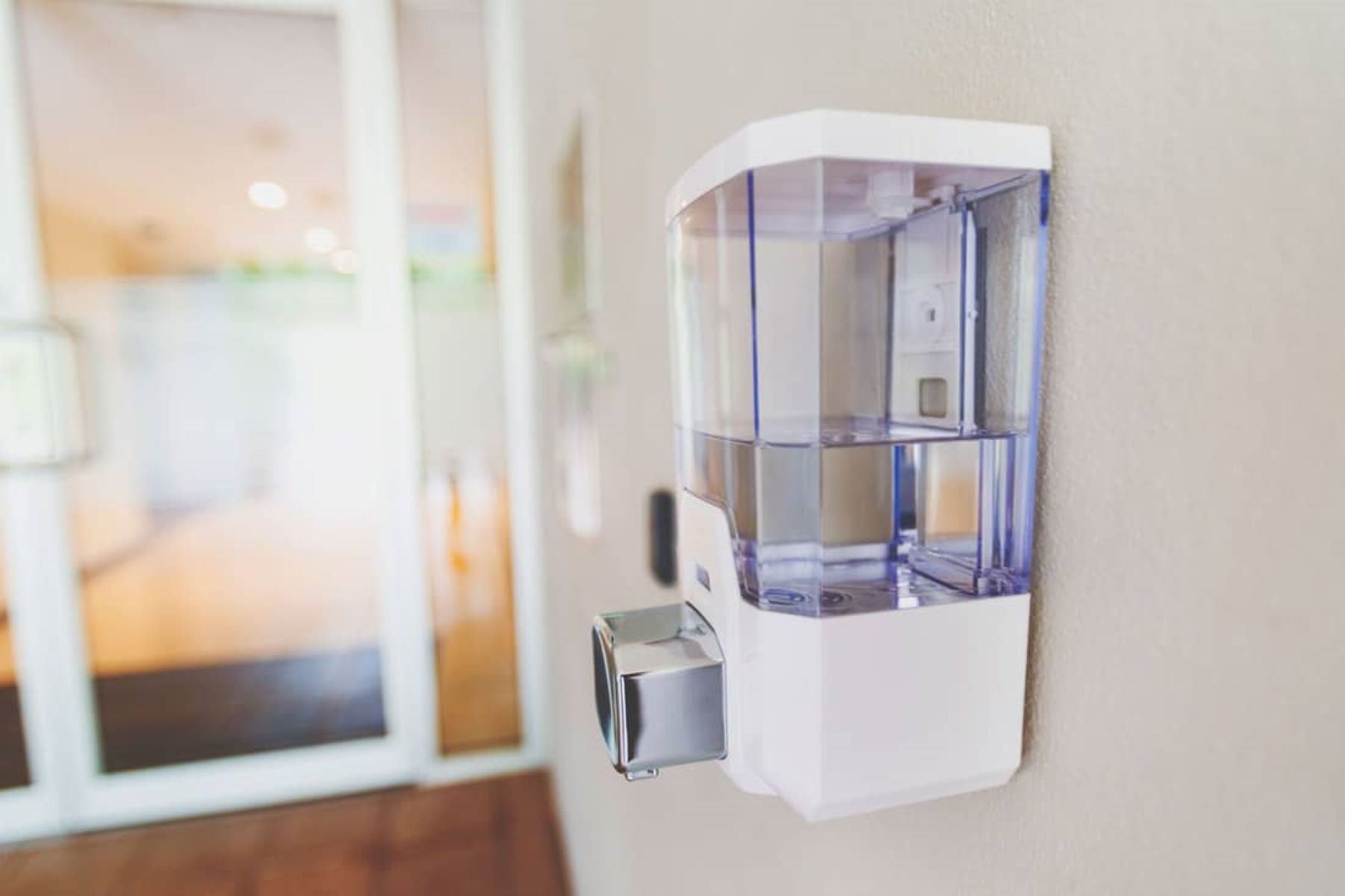
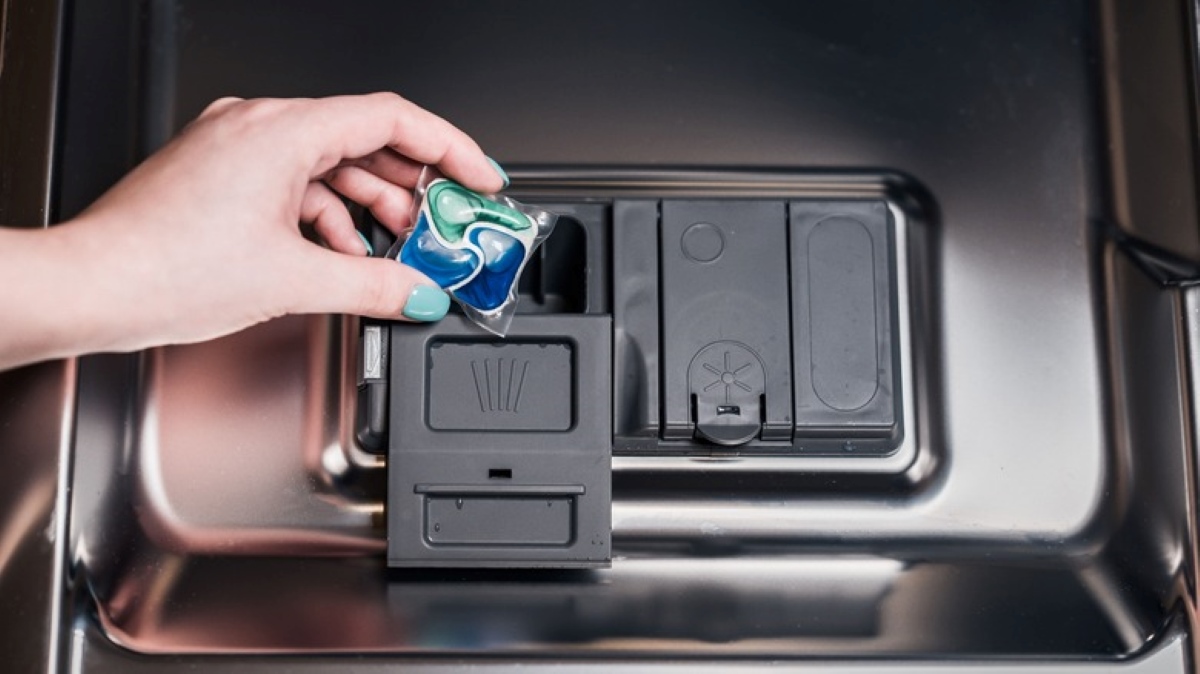
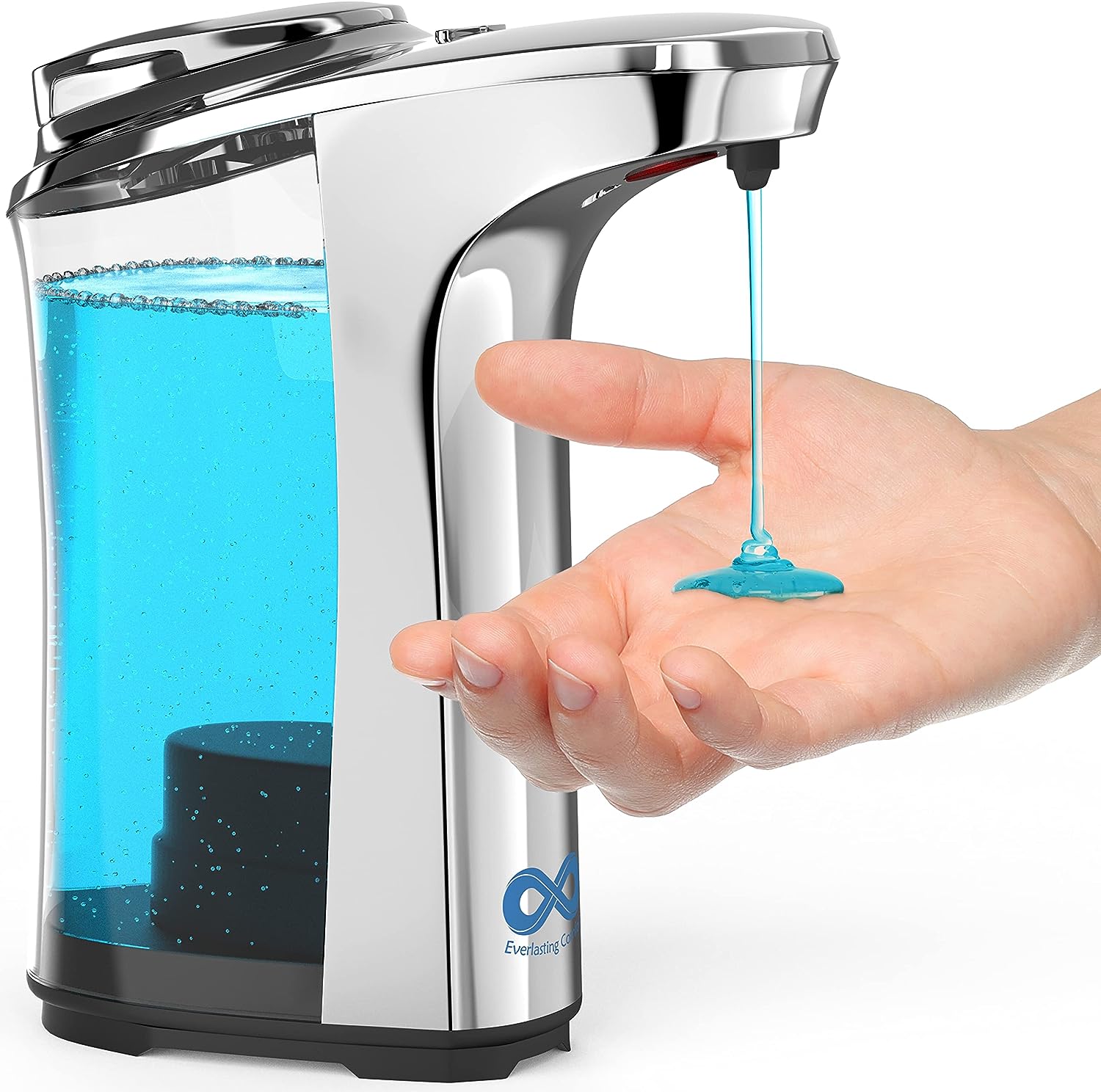
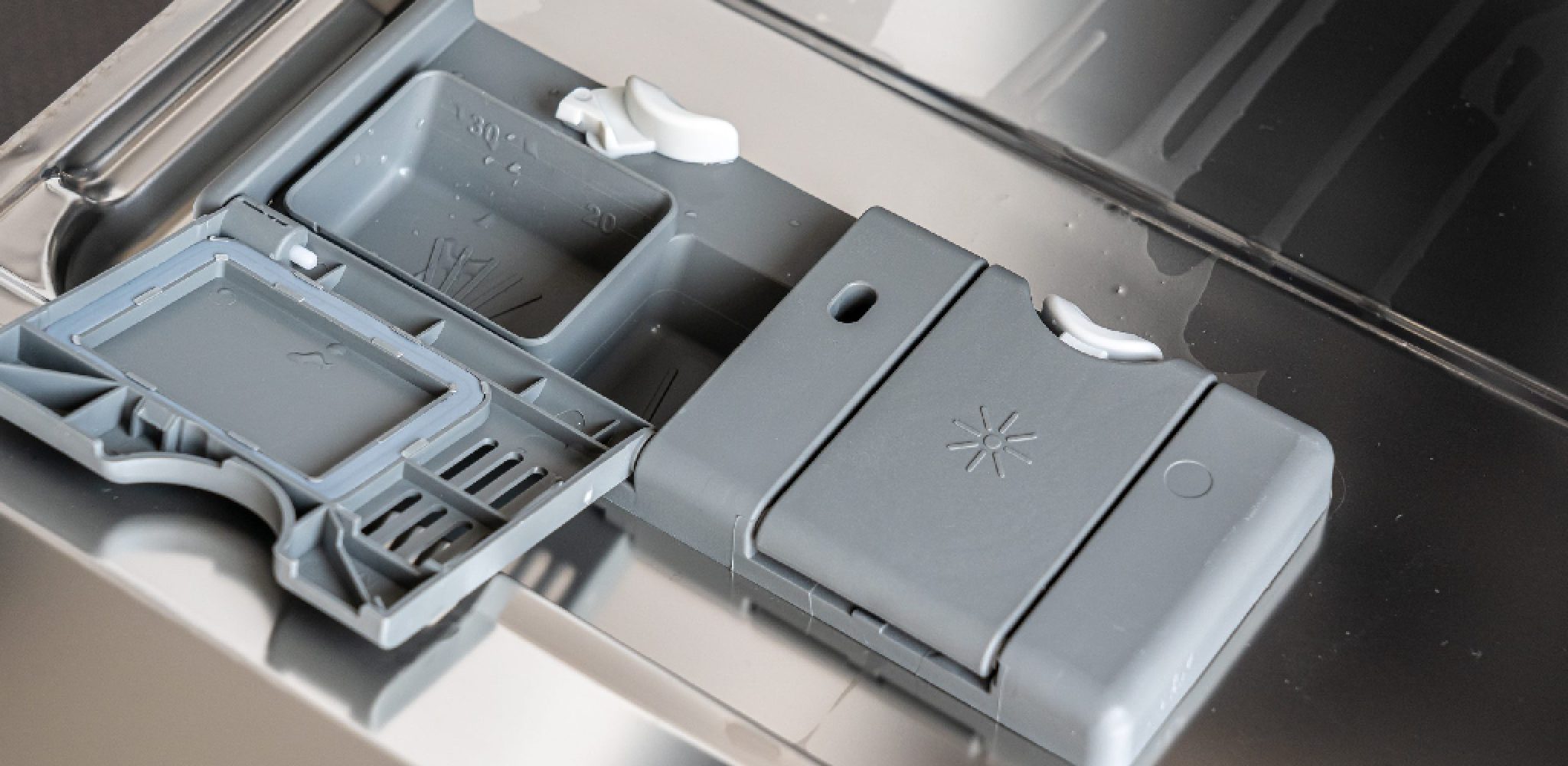

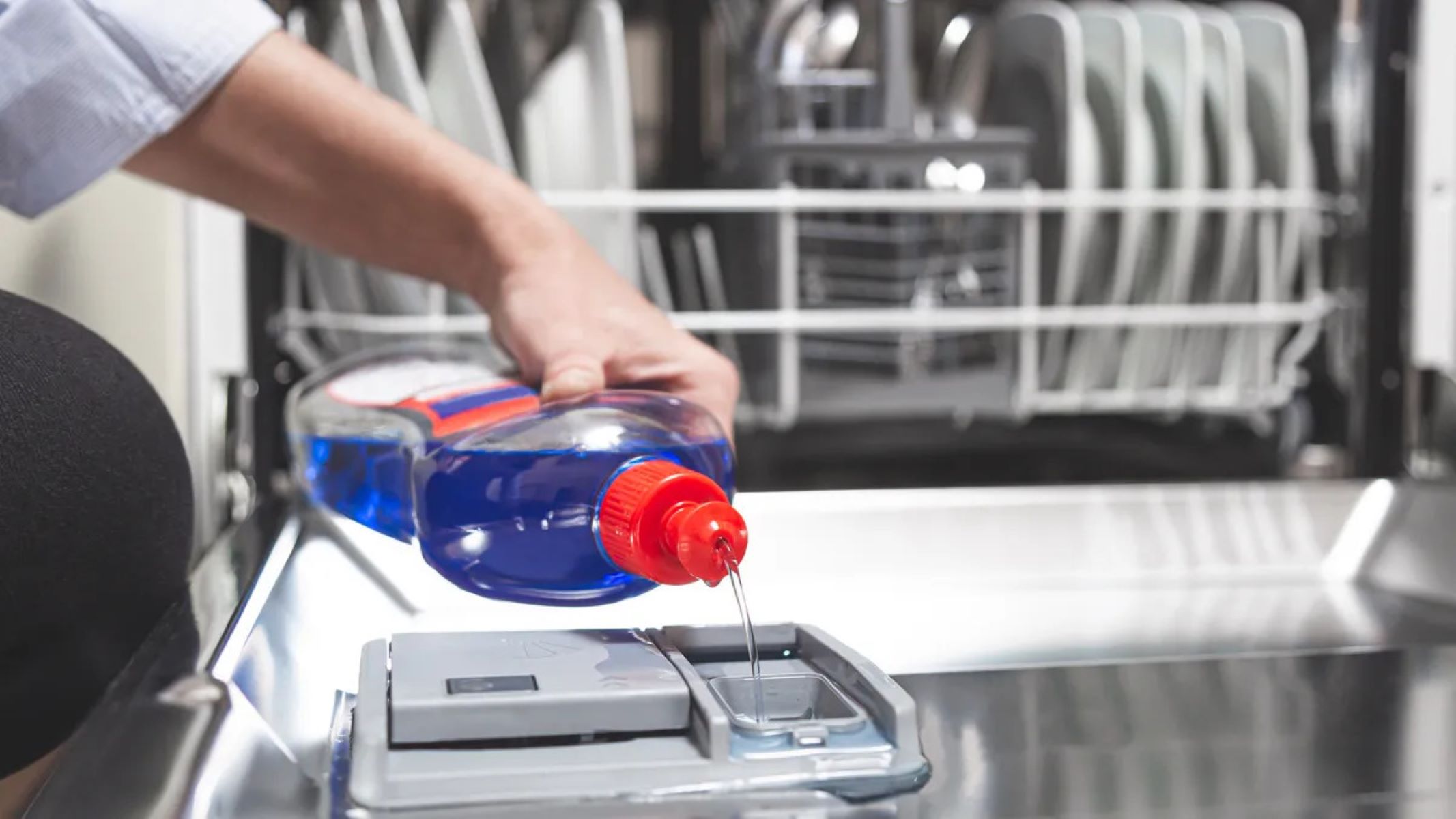
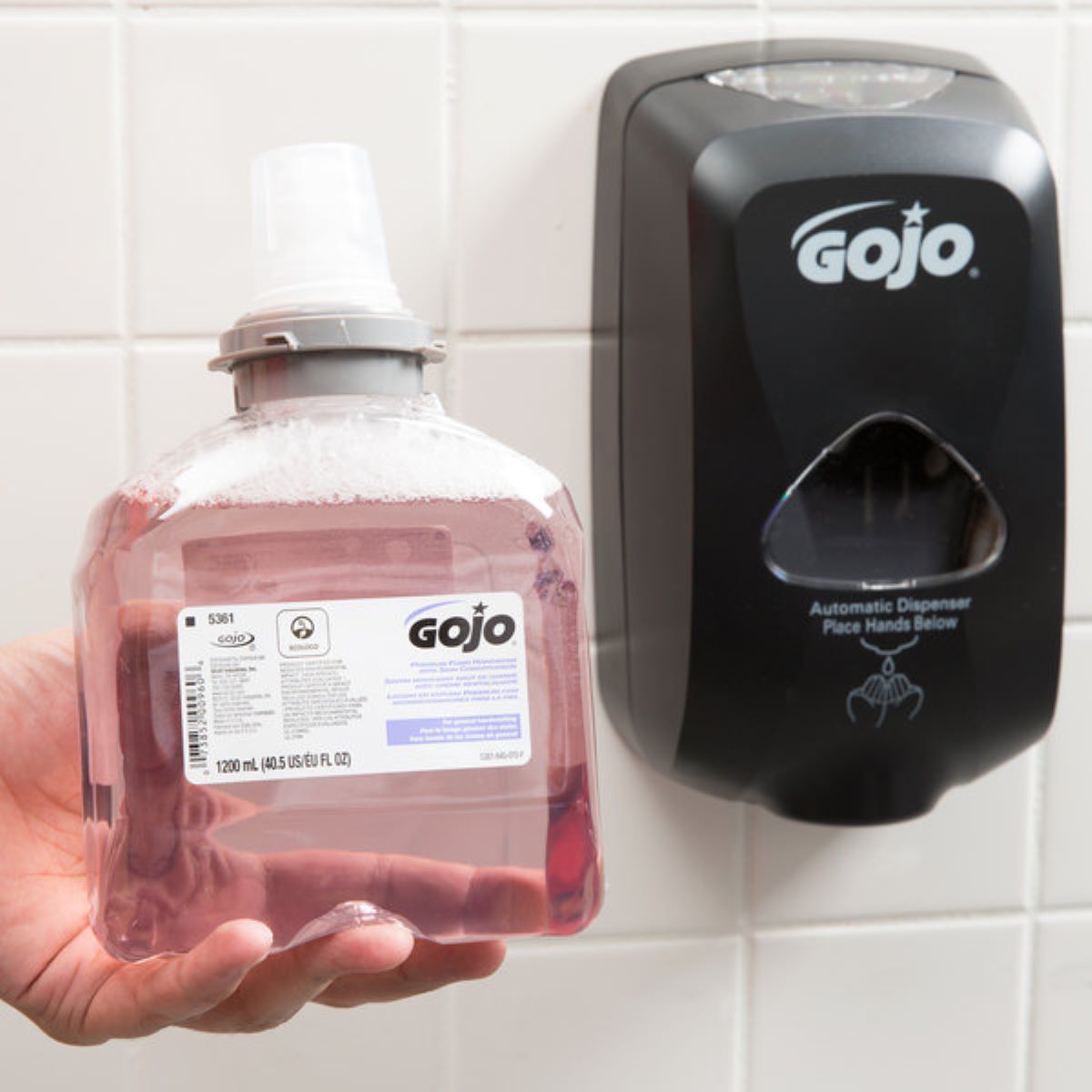
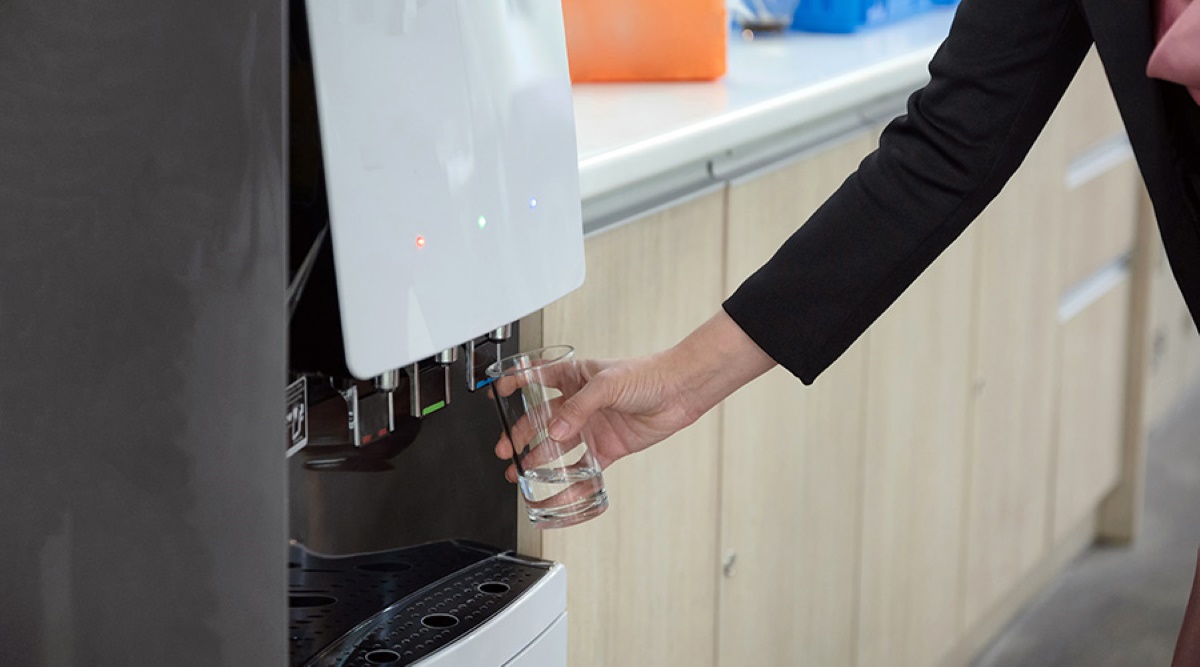
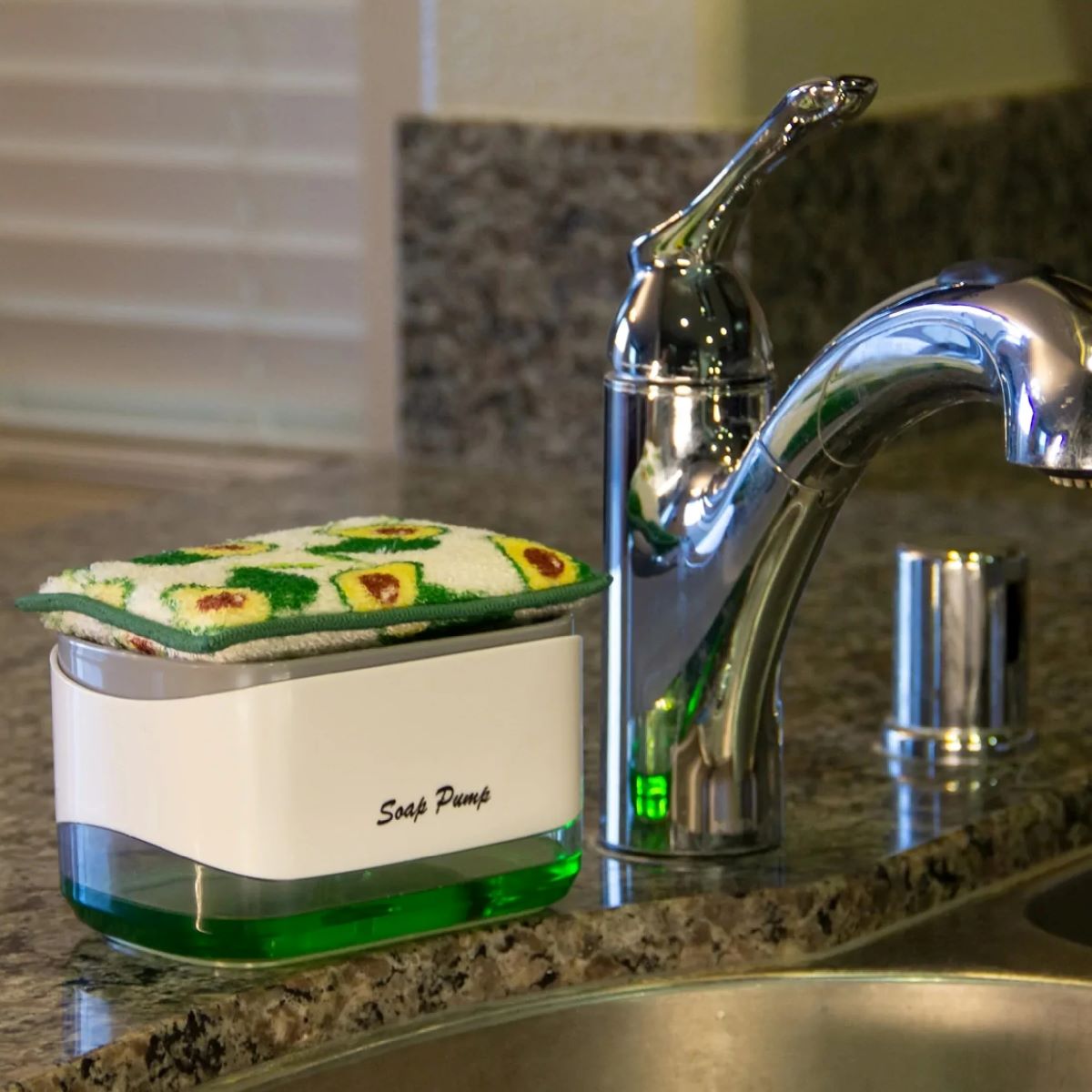
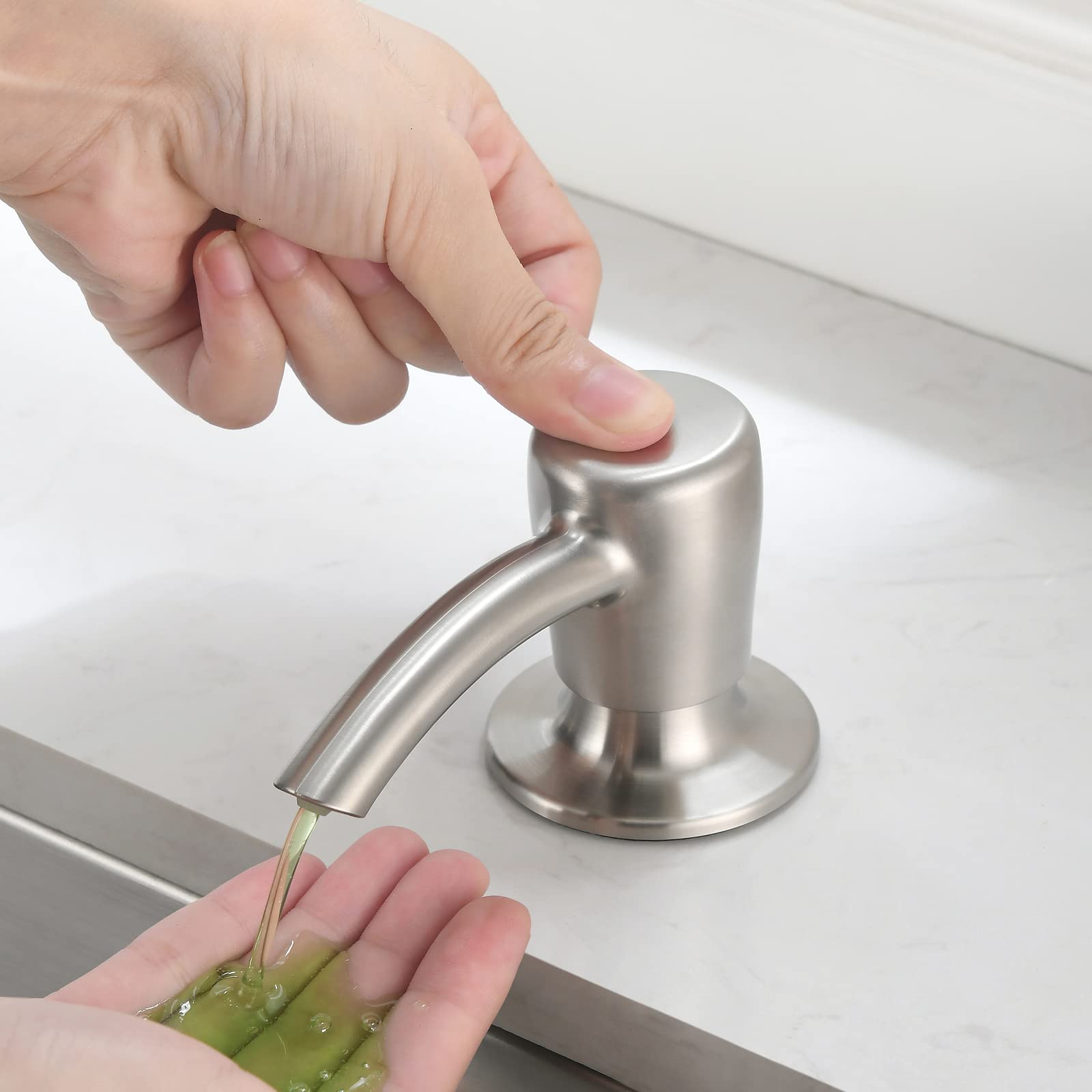
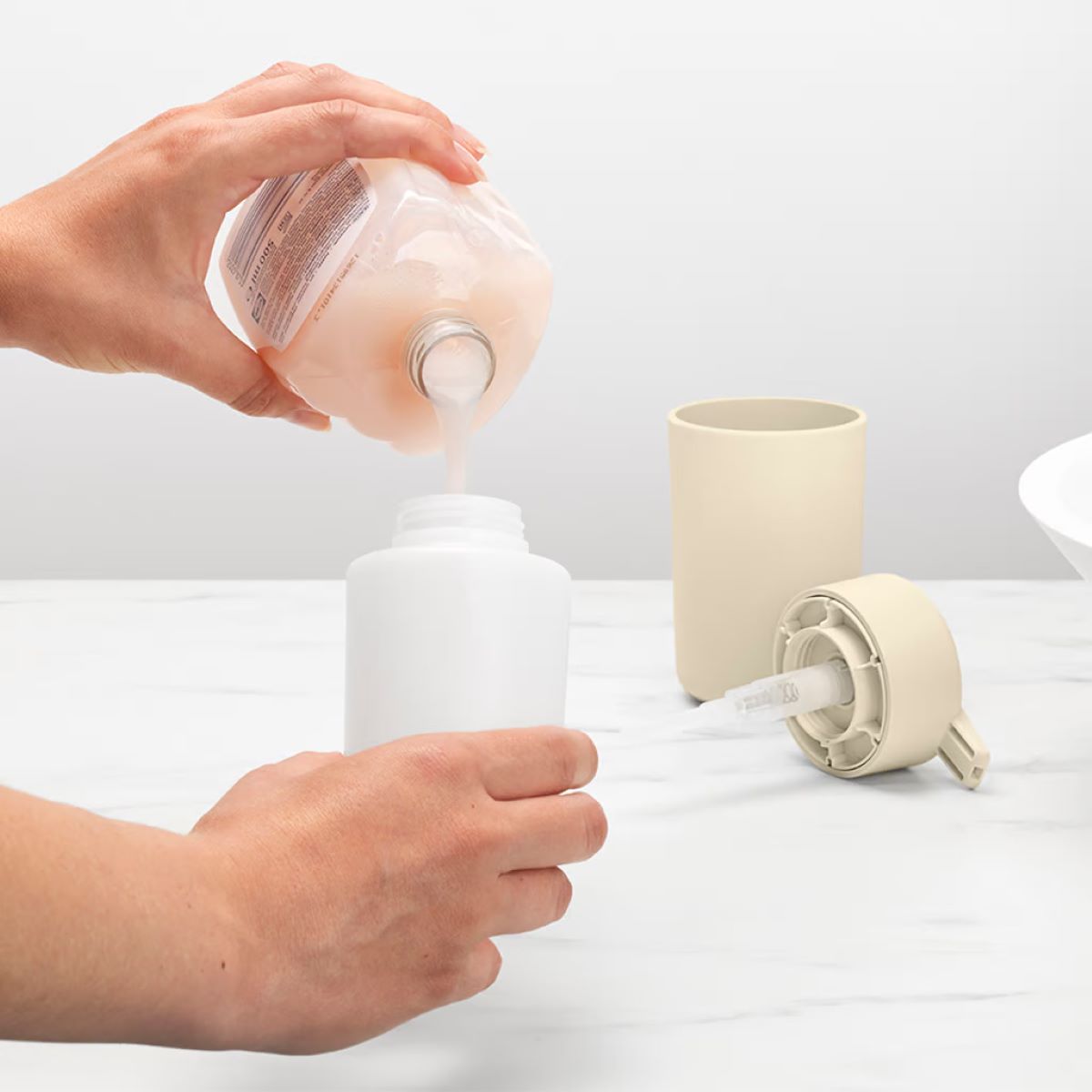
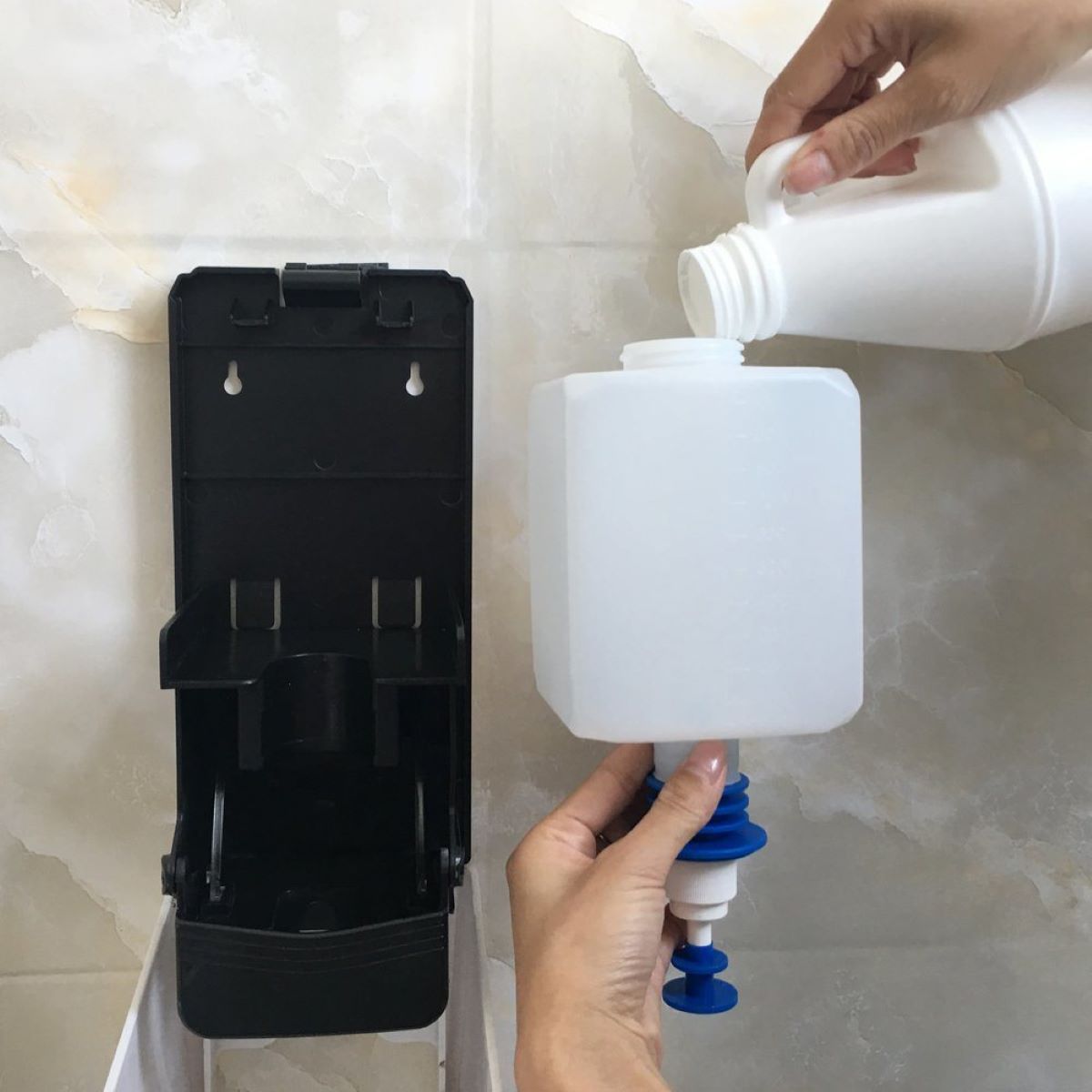
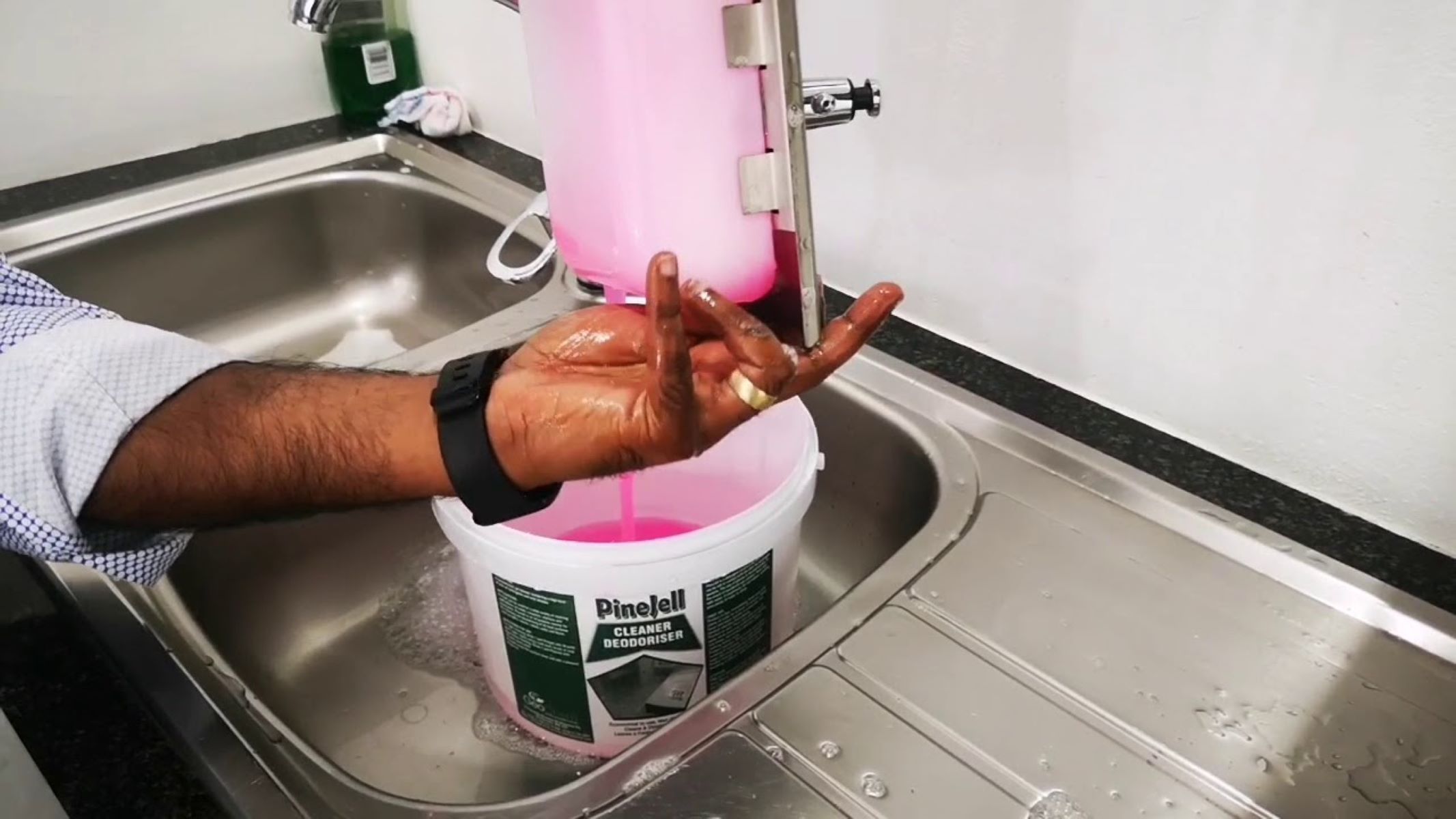

0 thoughts on “How Does The Dishwasher Soap Dispenser Work”